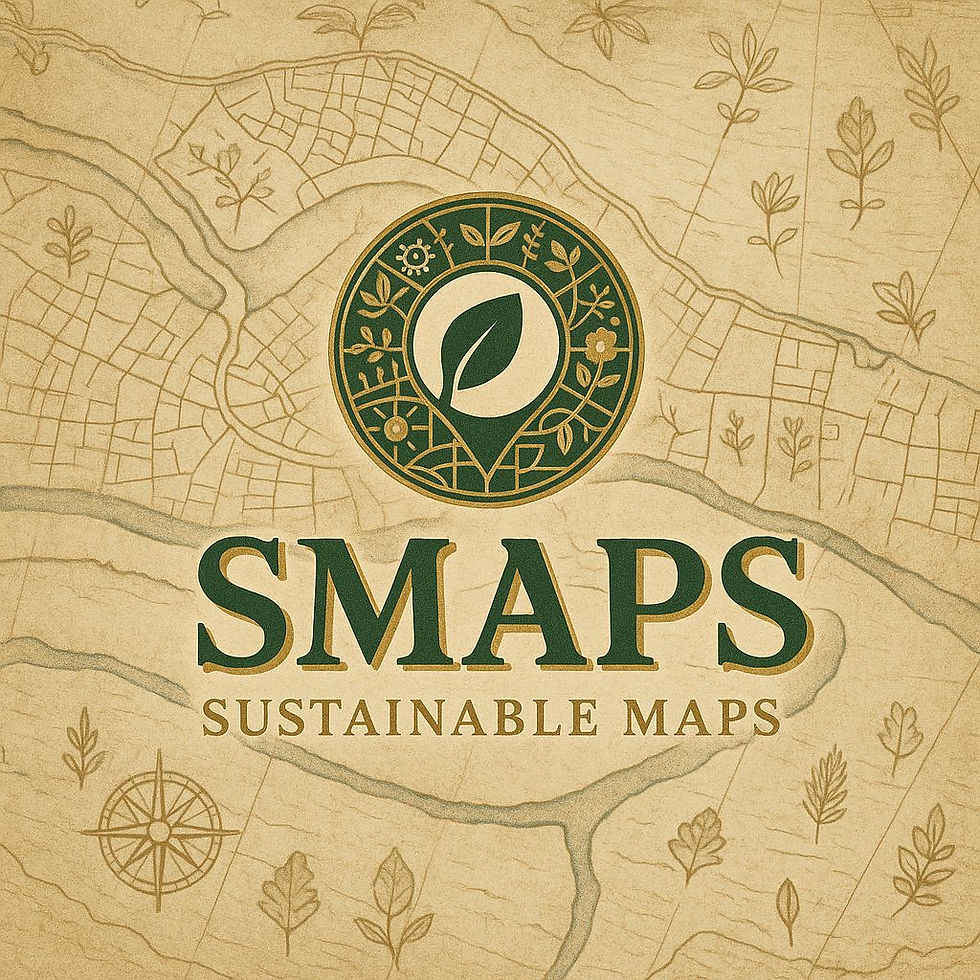Berlin: Cultural & Sustainable Tourism
- Sofia Dovigo
- Jun 22, 2022
- 2 min read
Updated: Jul 18, 2022
Heinrich Richter-Berlin,
Centrum Berlin

Berlin's culture is rooted in the historical changes experienced by the city in recent centuries. Film, arts, music, fashion are cultural expressions of a society deeply imbued with its historical events, emerging both in attitudes of continuity with the past, through education, denunciation and social awareness, and in attitudes of rupture with the past to promote change, free personal exploration and expression. In both attitudes, Berlin's cultural fervour is the expression of a social reaction aimed at sowing new shoots of life on the still open wounds, memory of the Second World War and the Cold War.
One of the main forms of expression which shows German’s cultural evolution is Cinema, strongly influenced by literature authors such as Goethe, artistic movements such as Die Brücke, Bauhaus, and politics. Germany witnessed major changes to its identity during the 20th and 21st centuries. Those changes determined the periodisation of national cinema into a succession of distinct eras and movements: from German expressionist films, born during the Weimar republic (Robert Wiene's “The Cabinet of Dr. Caligari” - 1920, Fritz Lang’s “Metropolis” - 1927) to the New Objectivity applied to works of visual art as well as literature, music, and architecture.
These filmmakers dared to confront sensitive and controversial social issues which engaged the public in those days, such as anti-Semitism, horrors of the war, prostitution and homosexuality, cinema had the fundamental role to lead public debate on those issues. From the establishment of the Reichsfilmkammer (Reich Chamber of Film) during the Nazi period, to the control of the GDR over films’ production during the Cold War, and the event of the New German Cinema in West Berlin.
Berlin culture comes from a story of division, repression, pain, and reconnection, reflected in arts, cinema, and music, which serves as a drive for socio-cultural change, unity, and proactivity in the present. Berlin is nowadays a gathering place and home for people with different cultural backgrounds, empowering inclusivity, combining local and international cultures, reconnecting the two faces of Berlin, West and East.
Berlin is recognized as a world city of culture and creative industries, with popular-night life and many social events and festivals. Numerous cultural institutions, which enjoy an international reputation, are representing the diverse heritage of the city. Many young people, cultural entrepreneurs and international artists continue to settle in the multi-faceted city of Berlin.
Through culture the city of Berlin is flourishing, generating intercultural communication, prosperity, and cultural tourism. In order to truly understand Berlin’s core, it is fundamental to interact with its local traditions, local artists and musicians, with people who have been living there for generations, with the secret stories of the streets, the local food, cultural events like the Berlin International Film Festival(Berlinale) and music festivals.
To preserve the natural beauty and complexity of Berlin’s culture and history, it is vital to promote sustainable travel and itineraries, to avoid overcrowding and adopt a willingness to explore different routes and places that differ from the most known ones, but which represent the true heart of Berlin’s culture, imprinted on the urban landscape of the city.
Dovigo Sofia



Comments